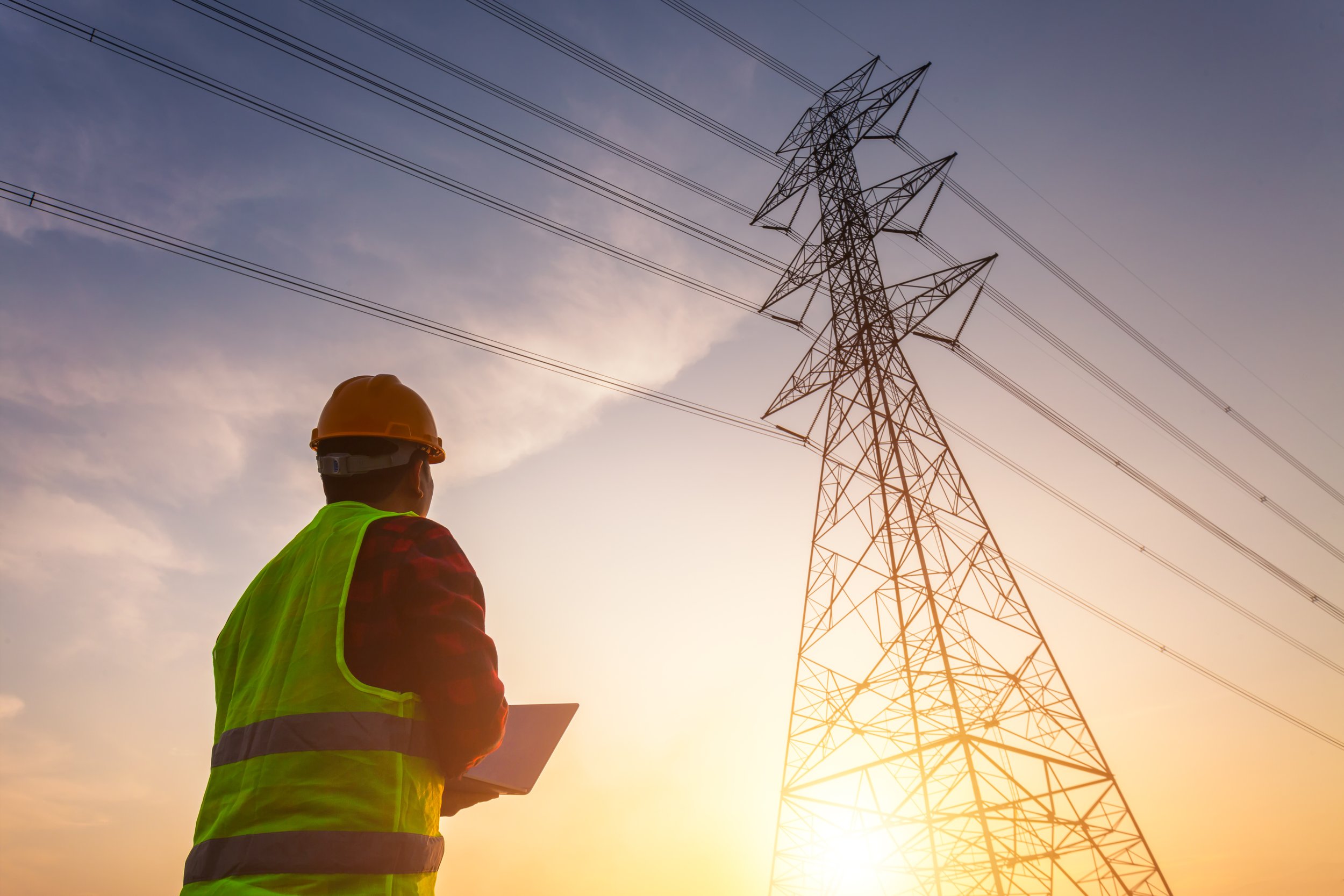
Never Stop Learning; A Good Engineer's Path to Endless Innovation.
How do they work?….. Study with “Poweron”
-

What is BESS and how does it work?
BESS stands for Battery Energy Storage System. It is a technology that stores energy via batteries for later use.
Here is a simplified breakdown of how a BESS functions:
🔋Charging: Electricity from the grid or renewable sources is used to charge the batteries in the BESS.
🔋Energy storage: The charged batteries store the electrical energy in the form of chemical energy.
🔋Discharging: When there is high demand for electricity or when renewable sources are not generating power, the stored energy in the batteries is discharged.
-

How Does a Battery Energy Storage System (BESS) Store Energy?
In the charging state, a BESS converts electrical energy into chemical energy. For instance, Grid Flex offer’s BESS utilizes Lithium Iron Phosphate (LiFePO₄) technology.
🔋During Charging: Electrical energy drives the separation of lithium ions (Li⁺) from LiFePO₄, transforming it into Iron Phosphate (FePO₄).
🔋During Discharging: Lithium ions (Li⁺) are reintroduced into FePO₄, reforming LiFePO₄ and releasing electrical energy.
-

Why Battery Energy Storage System is leading with Lithium Iron Phosphate Battery?
Lithium Iron Phosphate (LiFePO4 or LFP) batteries are leading the charge in Battery Energy Storage Systems (BESS) for several reasons:
1. Safety: LFP batteries have a stable chemical structure, which makes them less prone to thermal runaway and fire compared to other lithium-ion chemistries. This safety factor is crucial for large-scale energy storage applications.
2. Long Cycle Life: LFP batteries typically offer a longer cycle life (up to 12,000 cycles) than many other lithium-ion batteries. This longevity reduces the frequency of replacements, making them more economical over time.
3. Cost-Effectiveness: The materials used in LFP batteries are generally less expensive than those used in other lithium-ion batteries (like nickel and cobalt). This cost advantage is significant, especially as demand for energy storage grows
4. Density: Lithium Iron Phosphate (LFP) batteries are known for their distinct energy and power density characteristics, which make them suitable for various applications like in renewable energy systems and fast-charging scenarios.
5. Good Efficiency: Although LFP batteries may have a lower energy density than some alternatives, they still provide excellence cell efficiency over 95% Round tip efficiency
6. Environmental Considerations: LFP batteries are more environmentally friendly than other lithium-ion batteries since they do not contain cobalt or nickel, which have associated ethical and environmental concerns in their mining processes.
-

How Many Battery Cells Are There in One Container?
🔋The battery configuration of the Battery Energy Storage System (BESS) is commonly denoted by the abbreviation "xxSxxP," where "S" stands for series connection and "P" stands for parallel connection
🔋In the BESS, the smallest battery component is the battery cell. In Our solution, cells are assembled into a larger group called a battery module (104S1P), each equipped with a controller and protection unit known as the Battery Module Control Unit (BMU).
🔋To achieve optimal voltage for our top-of-the-class Power Conversion System (PCS) we provides, battery modules are stacked into a battery rack (416S1P) or a "battery cluster." Each cluster is managed and protected by a Battery Cluster Control Unit (BCU)
🔋Our premier Battery Energy Storage System, offered by Grid Flex Technologies, can provide up to 5,000 kWh per container. This system comprises 12 battery racks (12 x 416S1P), with all racks monitored and controlled by a Battery Array Control Unit (BAU).
🔋These 3 Level of protection and Control are normally referred as Battery Management System (BMS)
-

What’s Inside a BESS Container Besides Just Batteries?
🔋A leading Battery Energy Storage System (BESS) isn’t just about the quality of the battery cells. The true measure of excellence lies in the overall system’s quality and its safety features.
🔋Take our solution, TRINAStorage Elementa 2, as an example. Our battery container is meticulously assembled, incorporating advanced sensors, protective mechanisms, and cutting-edge technology to ensure maximum safety and efficiency.
The main components inside the battery container include:
🔋Batteries
Function: Stores energy
🔋Rack Protections & Control Gears
Function: Protects and controls the battery racks
🔋Fire Alarm & Control System
Function: Manages and alerts the fire control system
🔋Advanced Sensors (e.g., smoke, heat, water ingress)
Function: Monitors battery conditions and internal equipment
🔋Fire Suppression System (Aerosol & Water Distribution)
Function: Distributes fire suppression agents, both aerosol and water
🔋Liquid Cooling System & Chiller
Function: Provides liquid cooling and distributes cool air through a network of pipes to control battery temperature
🔋Battery Control Panels & Protection Gears
Function: Controls the battery, communicates with external devices, and prevents damage

